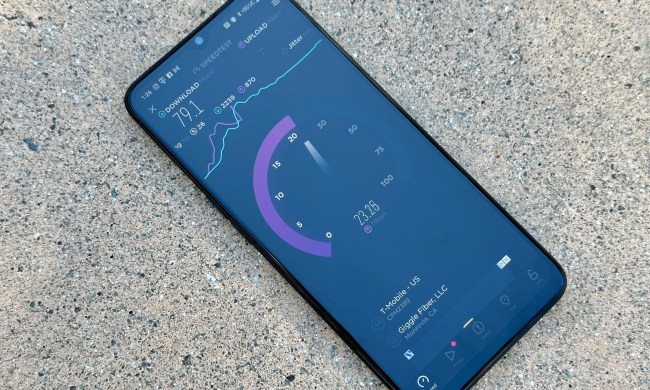When 5G smartphones launch next year, they’ll bring a wave of improvements such as faster internet access and larger data caps. Unfortunately, they’ll also have one major downside. Most of the phones that launch with 5G capabilities will be locked to specific carriers.
While speaking with PC Mag, Gordon Mansfield, AT&T’s vice president of radio networks and device design, explained that the lock was due to the limits of technology, rather than any overt desire on the part of cell carriers.
“It’s not because there isn’t a desire and we don’t want to have cross-compatibility,” said Mansfield. ” It’s just that nobody has figured out how to cram the 28GHz 5G that Verizon and T-Mobile are using, and AT&T’s 39GHz 5G, into one box yet. And while T-Mobile and Verizon are using similar 28GHz bands, T-Mobile is also putting
While this news is bound to be disappointing for some people, it also isn’t without precedent. When 4G devices launched, many of those early phones were locked to whichever carrier you initially bought the phone from. If you simply must have an unlocked phone, then you’re best bet will be to stick with a 4G device and wait until the technology behind 5G matures a bit more.
Fortunately, Mansfield doesn’t think that maturation process will take very long. While he didn’t give a specific time frame, he did say that AT&T was planning on launching 5G sometime within 2018.
All four major U.S. carriers plan to have their 5G networks up and running either this year or early in 2019, but so far, we don’t have a firm launch date for the first generation of
If you’re eager to get your hands on a 5G device, you’ll have to make a few decisions regarding which carrier you want to go with. While contacts and costs are part of the equation, its worth noting that the frequency used by the different carriers could affect the type of phones offered. For example, Mansfield claimed that AT&T’s use of a higher frequency would allow it to support smaller devices than some of the competition.
For more information, check out our handy primer to all things 5G.


